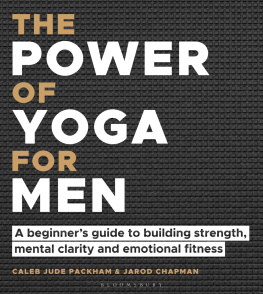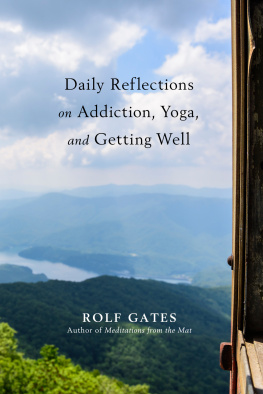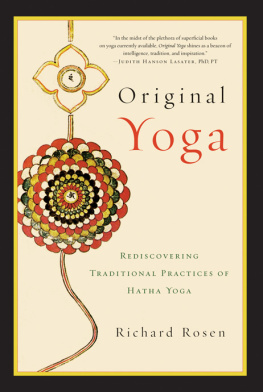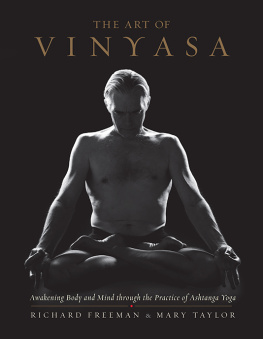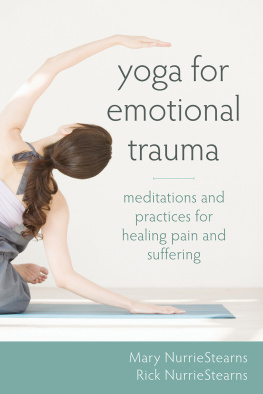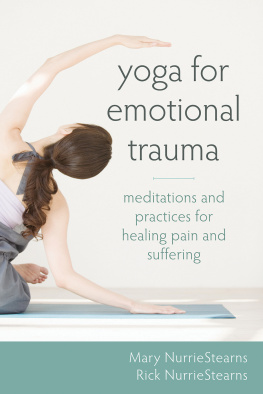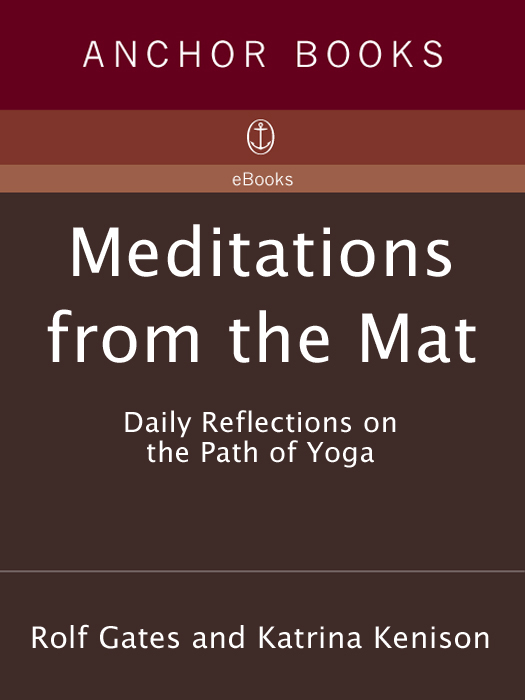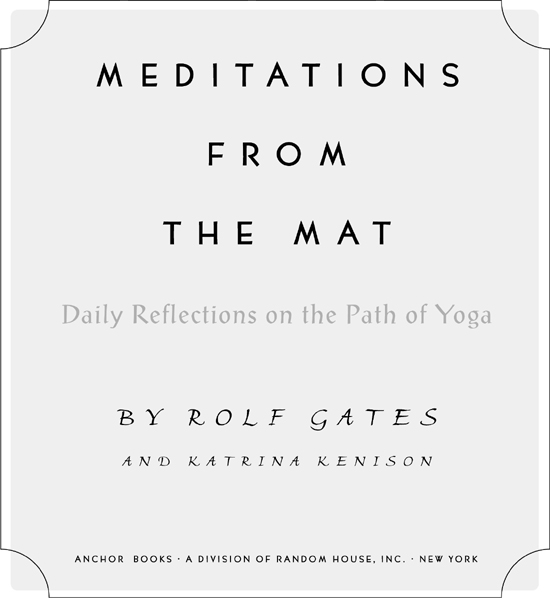
AN ANCHOR BOOKS ORIGINAL, DECEMBER 2002
Copyright 2002 by Rolf Gates and Katrina Kenison
Photographs by Jonathon Hexner
All rights reserved under International and Pan-American Copyright Conventions. Published in the United States by Anchor Books, a division of Random House, Inc., New York, and simultaneously in Canada by Random House of Canada Limited, Toronto.
Anchor Books and colophon are registered trademarks of Random House, Inc.
Grateful acknowledgment is made to Harmony Books, a division of
Random House, Inc. for permission to reprint an excerpt from Bhagavad Gita, translated by Stephen Mitchell. Copyright 2000 by Stephen Mitchell. Reprinted by permission of Harmony Books, a division of Random House, Inc.
Library of Congress Cataloging-in-Publication Data
Gates, Rolf.
Meditations from the mat: daily reflections on the path of yoga / by Rolf Gates; edited by Katrina Kenison.
p. cm.
eISBN: 978-0-307-77394-4
1. Yoga, Haha. 2. Meditations. I. Kenison, Katrina. II. Title.
RA781.7 G376 2000
613.7046dc21 2002025575
www.anchorbooks.com
v3.1_r2
TO MARIAM
By your stumbling, the world is perfected.
Sri Aurobindo
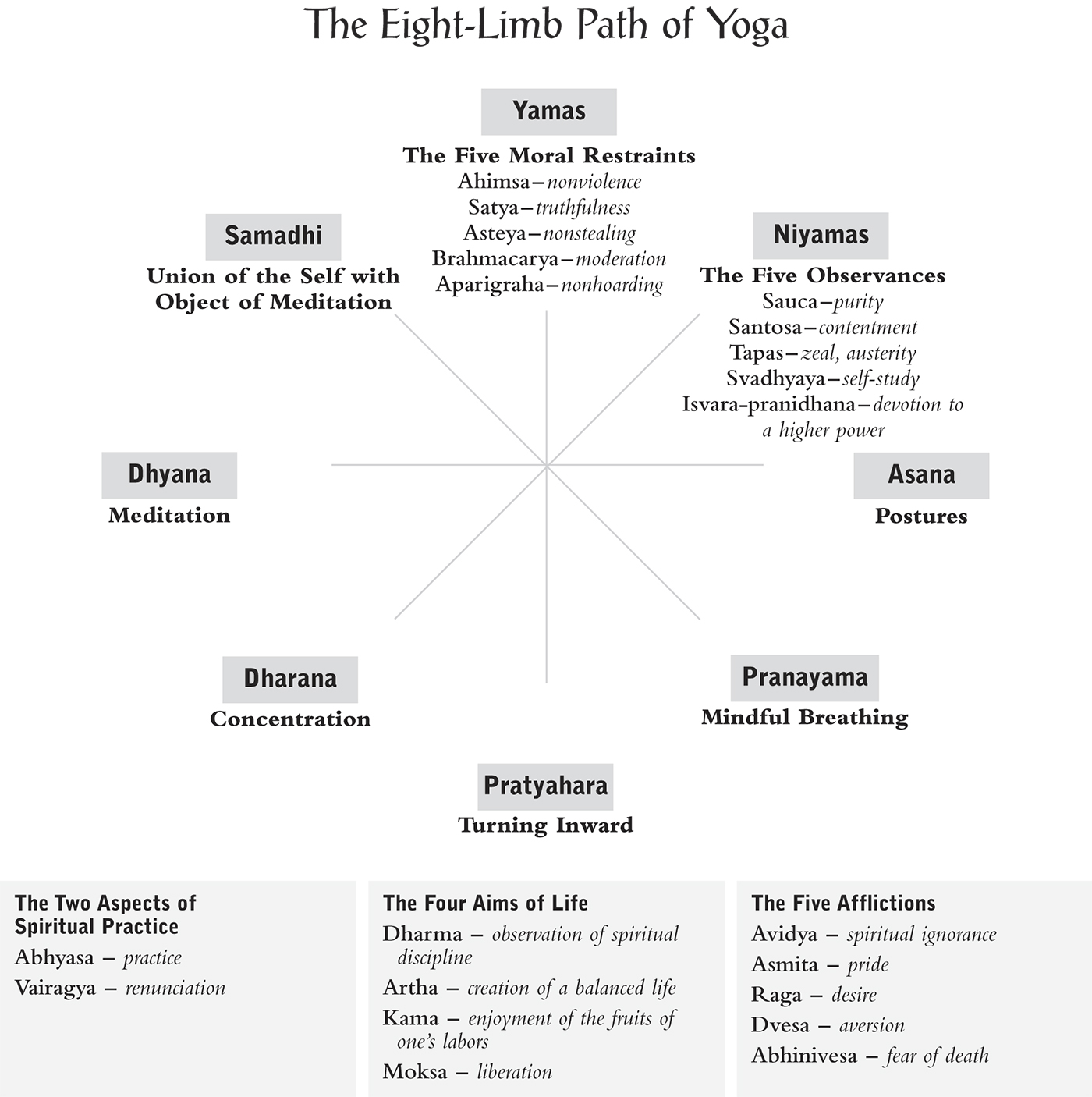
ACKNOWLEDGMENTS
I would like to begin by thanking God for the life I have been given, and my family for the love they have given me over the years. Thank you Katrina Kenison, for believing in me and in this book; Mary Evans, my agent, for impeccable advice; John Hexner, for your friendship and artistic vision; and Jenny Minton at Vintage Books, for your unwavering support. Pam Gaither, if it takes a village to raise a child, it takes great friends to write a book.
Thanks also to Baron Baptiste. Baron, our work together, our lives together, and our shared vision has been the backdrop of this book. I will be forever in your debt because you have chosen to be yourself so fully. I would also like to thank some of the other great teachers I have met along the way: Beryl Bender Birch, whose kind warrior spirit has lit my way for many years; Stephen Cope, whose passion for this work never fails to reassure me that I am on the right path; Patricia Townsend, for taking me and Mariam in when we were still wet behind the ears, and for your tremendous example; David Kennedy, whose vision of the poetry of the human experience helped to shape this book; Krishna Das, for reminding me of the Love beneath all loves; the U.S. Army Officer Corps, whose vast institutional wisdom has guided and fathered me for over half of my life; and Bill W., for everything.
My gratitude also goes to the teachers and staff at the Baptiste Power Yoga Institute: Caroline Baumal, Kate Churchill, Jeanne Coffey, Dave Emerson, Hugh Folkerth, Natalie Graber, Elizabeth Huntsman, Toby Levine, Coeli Marsh, Molly McCullough, Molly Powers, Gregor Singleton, Alyssa Sullivan, Rachel Werkman, and the Pennsylvania contingency: J. Alycia Meldon, Rhea Slichter, and Bill Raup. Words cannot express my appreciation for being numbered among you. You are my friends, my community, my support, and my inspiration.
Many thanks to Clyde Bergstresser, Daniel Boyne, Neena Buck, Gil Clothey, Vicki Evarts, Sudhir Jonathan Foust, Leigh Hare, Amy Lewis, Martha Mueller, Jene Rossi, Laura Scileppi, Roman Szpond, Eleanor Williams, and the others who have already been mentioned, who took the time to share their stories here and enrich our lives. To all of the students I have met along the way, thank you for showing up. Finally, thanks to my wife Mariam for all the hours you have spent with me helping to bring this book into the world. Without your support it would not have been written.
CONTENTS
PART ONE
The YamasThe Beginning
PART TWO
The Niyamas Sustaining Practices
PART THREE
Asana Postures of Yoga, Postures of Life
PART FOUR
Pranayama Breathing Mindfully
PART FIVE
PratyaharaTurning Inward
PART SIX
Dharana Concentration
PART SEVEN
DhyanaEffortless Attention
PART EIGHT
Samadhi Self-Forgetting
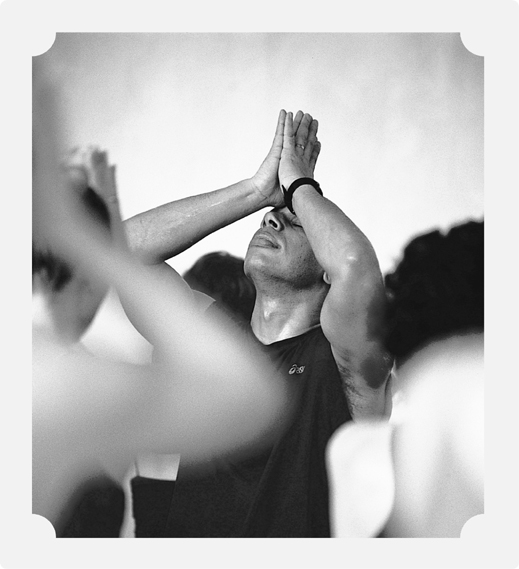
INTRODUCTION
Future generations, riding on the highways that we built,
I hope they have a better understanding.
John Cougar Mellencamp
All of us carry a desire for a better way, a hope that we will somehow leave the world a better place than we found it. Whether we practice yoga or meditation, vote Democratic or Republican, write popular music or computer code, we cherish the notion that things can improve and that our own good life contributes in some way to the good lives of those who will come after us. Moreover, we live in the presence of men and women who have made the world a better place and who seem to have achieved some measure of inner peace in the process. Human history is replete with good lives lived despite, or possibly because of, overwhelming adversity.
Nevertheless, for the vast majority of us the path is not always clear. John Cougar Mellencamp writes about his hope for the future, not his certainty that the next generation will do a better job of living than we have. How easy it is to move through our days as if we were in some sort of dress rehearsal for real lifedespite the nagging suspicion that this is it, that real life is right here, right now. How, then, shall we make it count? How do we find our way? Such uncertainty is part of the human condition and always has been. In response to this age-old questioning, this yearning for clarity and direction, we humans have, over the centuries, created a vast multitude of paths and called them by many namesreligions, philosophies, political ideologies. Yoga is one path out of the spiritual wilderness, a highway that was built by those who came before us and that has been trodden by millions over thousands of years. This book is for anyone who chooses to join those millions and explore yoga as a road home to a better understanding.
I came to yoga in an ordinary way: my girlfriend (now my wife) dragged me to a weekend retreat. I had attended a few classes with her before, but yoga really took hold for me at a 6 A.M . class at the Kripalu Center in western Massachusetts. I remember very little of the class itself, except that I was asked to do something odd with my nose, which I later learned was pranayama, or breath control. What stood out for me at the time was the way I felt as I walked down the hall to breakfast afterward. It was without a doubt the best walk to breakfast I had ever experienced. I had a joy in my body that decades of sports and devotion to exercise had never been able to provide. The seed had been planted. In the following years I practiced yoga daily, simply because it made me feel better. I was working with young people who were in a good deal of pain, and I found that yoga made it possible for me to show up, physically and emotionally, day after day. Yoga was profoundly effective self-care.


